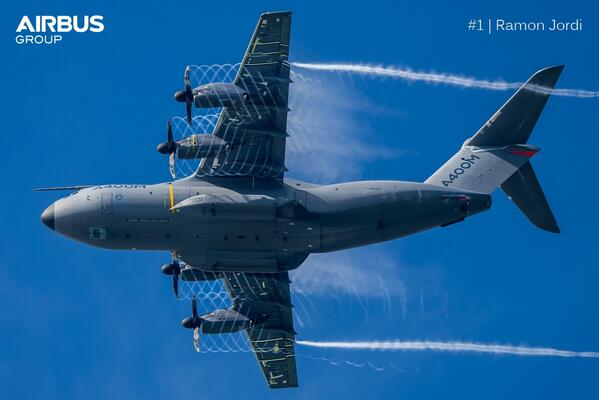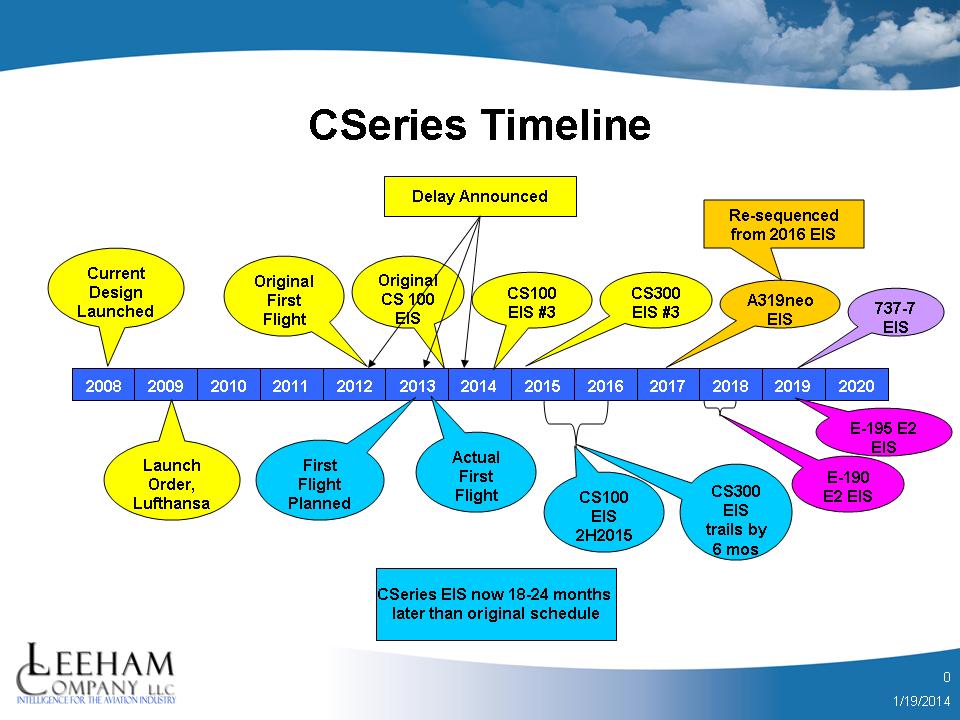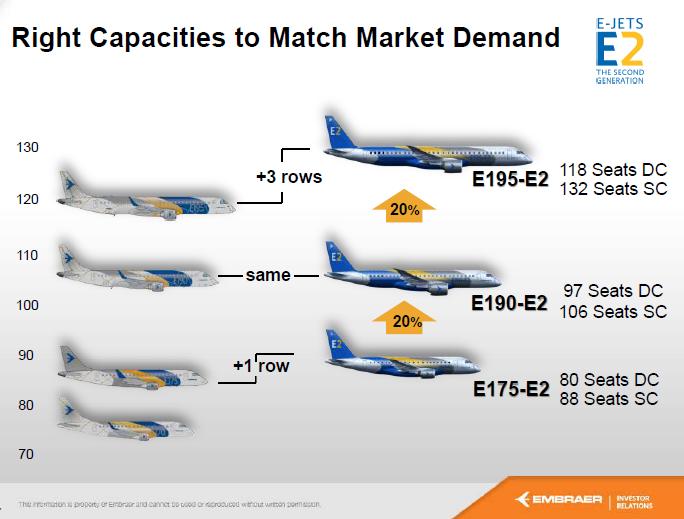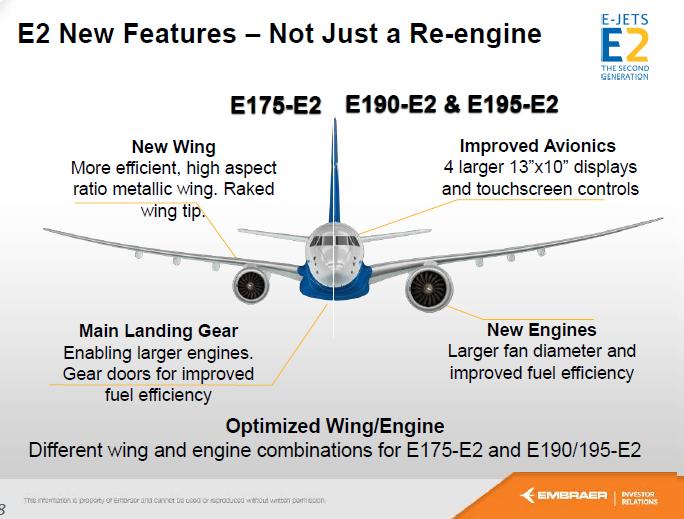Leeham News and Analysis
There's more to real news than a news release.
Odds and Ends: Airbus neos; 757RS/A320RS; charity efforts
Airbus neos: The conversation continues, with Tom Williams, EVP of programmes, giving an interview to Flight Global about the A330neo and the A380neo. Plane Talking has another version of the Williams interview. Notable in Plane Talking’s report is the indication Williams said it will be a year before a decision is made on the A330neo. Our information is that a decision, whether yes or no, is due this year. PT also reports Williams indicated an A380neo would be a 2020s product. This suggests the prospect of a new engine from Rolls-Royce, which is under development, or conceivably a Big Engine Pratt & Whitney GTF could be considered.
757RS/A320RS: Aerotubropower, whose expertise is engines, discusses the implications of the planned improvements in fuel burn on the Pratt & Whitney Geared Turbo Fan and what this means for the replacement of the Boeing 757, 737 and Airbus A320 families.
Charity efforts: IAM 751, the touch-labor union for Boeing, is often portrayed as a bunch greedy members who feel a sense of entitlement. One can certainly debate this point, but what isn’t debatable is 751’s efforts at charity throughout the year. Every once in a while, we pop over to 751’s blog. Today (Feb. 19) the first four items are about philanthropic efforts in Pierce and King counties.
Just as 751 members are often cast as greedy, so is Boeing, so it is only proper in this context to point out that Boeing also engages in philanthropic endeavors throughout the US (we don’t know about abroad). Here’s a link to some of Boeing’s efforts.
Repost: Pratt & Whitney GTF program update at PNAA conference, plus Q&A PW, RR and GE
Due to technical issues we don’t begin to understand, the PW GTF engine program update didn’t display the videos, only the links. We are re-posting to correct the situation because we couldn’t fix it within the original post.
Bob Saia, VP of Next Generation Engine development at Pratt & Whitney, provides a program update of the Geared Turbo Fan engine and its prospect of growing into a “Big Engine” serving the twin-aisle market. He appeared at the Pacific Northwest Aerospace Alliance 2014 conference in the Seattle area last week.
.
[youtube=http://www.youtube.com/watch?v=CYUUtVEKhIs]
.
http://www.youtube.com/watch?v=02RgF1So-X4
Questions and Answers
The following videos are questions and answers of the representatives of the Big Three engine manufacturers. Sound is soft on these two videos; best to use headphones.
.
[youtube=http://www.youtube.com/watch?v=nArLnhsMraE]
.
[youtube=http://www.youtube.com/watch?v=-Wtqr4FavP0]
Rolls-Royce Trent engines program update at PNAA conference
Bill Boyd, senior vice president of Rolls-Royce, provided a program update of its Trent engines that are being developed for the Airbus A350 XWB. He appeared on a panel with GE Aviation and Pratt & Whitney. He appeared at the 2014 Pacific Northwest Aerospace Alliance conference last week in the Seattle area.
Sound is soft; use of headphones is recommended.
http://www.youtube.com/watch?v=5Ps_BuG1_JQ
.
http://www.youtube.com/watch?v=Y2Lgs-oGJYg
.
http://www.youtube.com/watch?v=Euo3TJZlQyc
Updating the A380: the prospect of a neo version and what’s involved
Recent headlines and this column report that Airbus is considering re-engining the popular A330 with GE Aviation GEnx or Rolls-Royce Trent 1000-TEN power plants. A New Engine Option and other changes would improve the A330’s economy by an estimated 10% percent after offsets for increased drag and weight.
But the A330 isn’t the only Airbus airplane being considered for new engines made popular by the A320neo family. Tim Clark, president and chief operating officer of Emirates Airlines, urged Airbus to improve efficiency of the giant A380 with engine technology found in newer generation aircraft.
How feasible is an A380neo? What are the technological issues? Would there be enough of an economic gain? And is there a market for an A380neo?
The A380 of today
The A380 has been hailed as a highly efficient airliner since it went into service 2008, assuming the giant plane can be filled. But only six years later, the first voices have been raised that this will not continue to be the case should the continuous improvements that have been flowing into the airframe not pick up speed.
The launch of the Boeing 777X also brought focus on the state of the A380 come the latter part of this decade when the 777-9X enters flight testing in advance of its planned 2020 entry-into-service. Tim Clark expressed that “it is time that the A380 gets an injection of the new technology which is now becoming available for the A320/737 in the form of GTF/LEAP and GE9X for the 777X. “
Before we look into what can be done short-to–mid-term to inject improved efficiency, let’s establish the baseline as it exists today. The A380 is considered by some the most efficient way of flying passengers between two long haul points if there is enough of demand. The competition today is the Boeing 777-300ER and 747-8i. (Qantas Airways is dropping some A380 flights that have 50% load factors, demonstrating the aircraft is inefficient if the demand is insufficient.)
Let’s assume we want to transport passengers between San Francisco and Hong Kong, one of the longer flights which are made non-stop in both directions. Going West, it takes a Cathay 777-300ER 15 hours and going East, 12 hours, the difference being due to prevailing headwinds going West. For our check, we will use the more demanding of these legs, which then works out as the equivalent of flying 7,200nm. To compare the three different aircraft in a fair way, we need to load them to the same payload, in our case passengers with luggage. We will not consider cargo in this initial analysis. The leg chosen is not one which allows much weight for cargo, but cargo certainly belongs to a complete analysis of an airplane and we will point out where it will affect any conclusions.
When comparing the standard three-class seating numbers between the OEMs, it is clear these are not made to the same standards of comfort. Airbus has admitted that the A380 is too lightly loaded at 525 passengers. The 777-300ER at nine abreast and 365 seats is equipped with a comfortable 18’’ economy class at 32’’ pitch but the business class is modeled with a non-standard 48’’ pitch. The 747-8i at 467 seats is not laid out to any comfort standards comparable to the other two. To ensure an apples-to-apples comparison we have equipped all aircraft with the same three-class cabin with a standard seating consisting of first class at 81’’ pitch, business class at 60’’ pitch and economy class with 32’’ pitch. Seat widths are 37’’, 22’’ and 18’ respectively and the ratios of the different premium seatings vs. economy are kept the same. Here the aircraft are listed with the in-service year and with their respective payload capabilities:
Odds and Ends: A330neo decision could be near; KC-46A; Countdown to Superbowl; A400M
A330neo decision: Aviation Week reports that a decision to proceed with the Airbus A330neo could be “imminent.” The report also discusses the advocacy by Tim Clark, COO of Emirates Airlines, to re-engine the Airbus A380. As with the Reuters and Bloomberg articles we previously linked, the Aviation Week piece also confirms much of what we were the first news outlet to report in December. We have a launch in 2014 rather than 2015 reported in Aviation Week, although we both have a decision to proceed for this year. Aviation Week and Bloomberg report that the decision could come as early as March.
Aviation Week confirms our report that Pratt & Whitney would be unlikely to bid on the project because the short time lime precludes development of the big engine version of the Geared Turbo Fan.
KC-46A at ‘high risk’ for delay: A US government report suggests the Boeing KC-46A tanker is at ‘high risk’ of a six month delay.
These are not unusual for military programs, nor, it seems, is it any longer unusual for new or derivative aircraft programs. Boeing believes the program is on time, but even if a six or 12 month delay does emerge, by today’s standards, this indeed is “on time.”
Countdown to Super Bowl: Boeing painted a Boeing 747-8F test plane in the Seattle Seahawks livery and this week “skywrote” the number 12 on a flight. The Seahawks play the Denver Broncos Sunday in New Jersey for the Super Bowl. The number “12” represents “the 12th man,” of the collective Seahawks fan base.
We think it would be super for the 747 to overfly the game Sunday, the ultimate 12th man appearance. Alas, Boeing says there are no plans to do so.
A400M: Cool picture. No other words needed.





